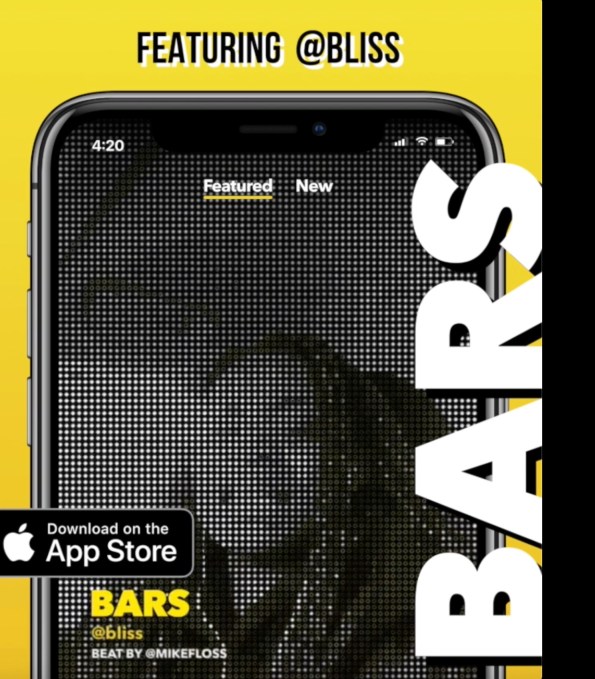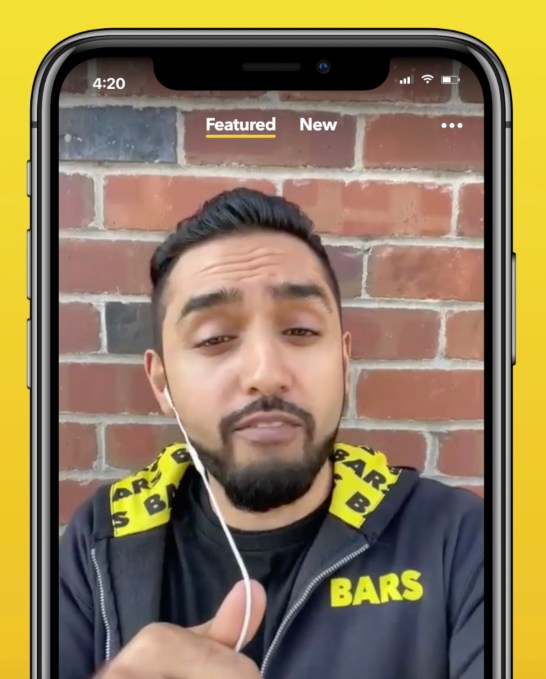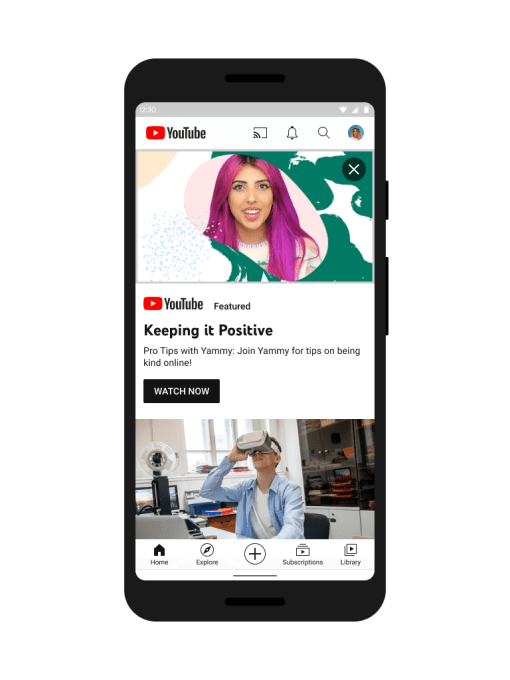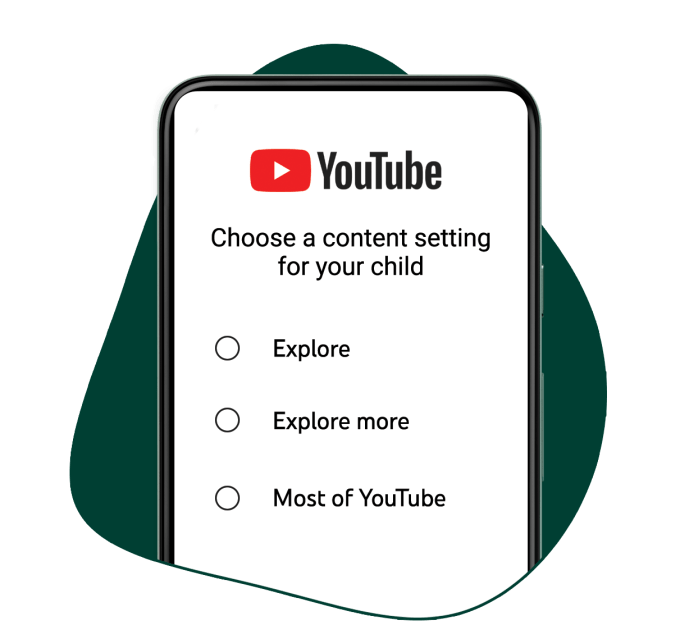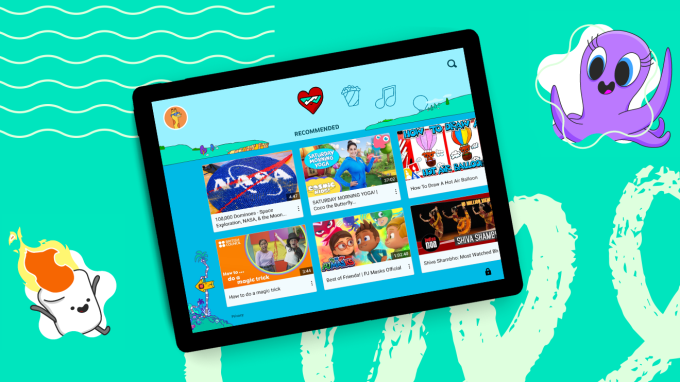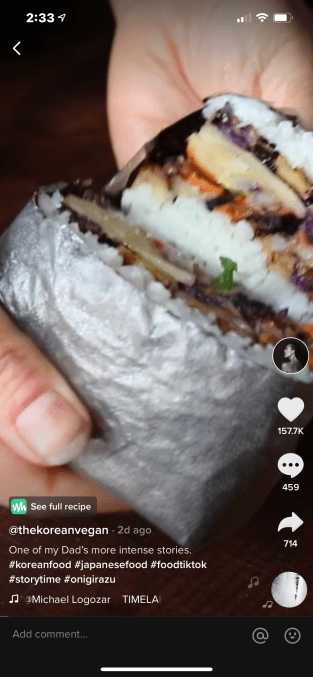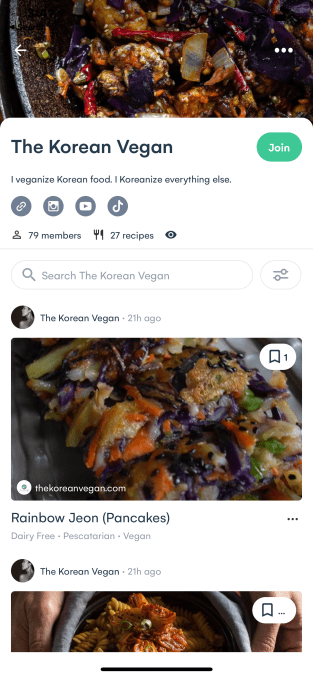Of all the gin joints etc. etc. Clubhouse continues to confound those who don’t believe in the restorative powers of the Next Big Thing. It doesn’t make sense, they say, that an audio service based on live podcasts will change the course of human history, And they are right. Social computing is in the doghouse in the wake of January 6 and the former president. But the folks behind Clubhouse have gotten a few key things right.
The main thing is that in the beginning of the return to some rational possibility for the suppression of Covid, we’re opening our hearts to the hope we’ve abandoned for more than a year. Our children are crying at the prospects of returning to school, to the classroom, to the hallway rendezvous with friends, to the safety of the arc of life translating across generations and family stories. We’re tentatively daring to believe in things we took for granted even as we rebelled against them in our youthful exploration of the world we were on the cusp of creating.
Social was never about challenging the existing world, the stagnant media, the secret passageways to our own version of new history. It was about creating a storyline for our generation that we could invest in. And the fuel we sought was trust. If we work backwards from the current reigning media, it’s easy to see when trust was discounted. Some call this partisanship, but it’s deeper than that.
As we choose our guiding voices, the fragmentation of media sources has made it much more difficult to commit to one individual, party, or candidate. The world my parents gave us was dominated by 3 television networks as the war wound down. In the placid feel of the Fifties, we took our daily cues from Walter Cronkite, Chet Huntley and David Brinkley, and influential but overmatched anchors from ABC, the most junior of the three networks. David Brinkley was my favorite, with a dry wit that fit nicely with the gruff grit of his co-anchor.
But Cronkite was the one we all trusted in the end. When he broke with Johnson on the Vietnam War, he basically set the course for the unwinding of our presence. He was the father figure who told us JFK was dead; now he was saying the government was lying to us. The images of defeat filled our screens. Who were we going to believe, our lying eyes?
Retreat changed our national story of invincibility. The media splintered into slivers of respectability, the Hollywood of the studio system replaced by Easy Rider, Bonnie and Clyde, and the Godfather, which taught us who was really in charge. Nixon resigned but no one won the job of leading the country. Decades passed.
But what didn’t change was radio. From FDR’s Fireside Chats to the Martian broadcast of Mercury Theater fame to the Firesign Theatre’s prophetic Beat the Reaper, radio survived as a direct channel to our innermost fears and imagination. And the catchphrase Wherever you go, there you are has never been so resonant as it is in the Pandemic Age wherever you don’t go, there you are.
Clubhouse may be enforced upon us, but it directly competes with the other media channels we’ve adhered to in this struggle with manmade and medical viri. The other night, I ping-ponged back and forth between an MSNBC political discussion and a Clubhouse newsletter room. Now I just leave the sound off and surf the lower-third captions on TV, opting for the good choice of silence and Clubhouse rooms. The arguments may rage about Clubhouse rules, agendas, and visions of unicorns, but as Thunderclap Newman sang, there’s Something in the Air.
We’re playing house with the app, anticipating an Android version and meaningful competition from Twitter’s Spaces, currently in a limited private beta and apparent element of a mashup with newsletter acquisition Revue and possible subscription plus schemes. We’re using Revue here on the Gang newsletter, which you can get by clicking at the end of this post or at the URL in the show above. For the moment, we’re testing Clubhouse private rooms with the members of the Gang. A button labelled Open It Up yearns to be clicked.
As viewers of the Gillmor Gang can attest, the show has always had the feeling of an organic conversation loosely managed by a moderator, namely me. Mostly I accept the designation, which defaults to me most frequently when things go wrong, too long, or with no seeming direction. But I actually treasure the moments when the moderator in each of us steps up to take a whack at the job. Clubhouse is onto this in its moderator design, which lets the originating speaker delegate moderator status to others on the stage.
In our experiments, I emulate the Gang dynamics by assigning this power to all the Gang. They then have, among other things, the ability to kick me back to listener status, and force me to beg for readmittance to the club. More productively, they can invite others to the stage, and even give them moderator status. Already, moderator follows are a prized indicator of status, but the simple organic power of letting both the thematic and social dynamics flow free in the air are seductive, slightly dangerous, and better than cable.
from the Gillmor Gang Newsletter
__________________
The Gillmor Gang — Frank Radice, Michael Markman, Keith Teare, Denis Pombriant, Brent Leary and Steve Gillmor. Recorded live Friday, February 26, 2021.
Produced and directed by Tina Chase Gillmor @tinagillmor
@fradice, @mickeleh, @denispombriant, @kteare, @brentleary, @stevegillmor, @gillmorgang
Subscribe to the new Gillmor Gang Newsletter and join the backchannel here on Telegram.
The Gillmor Gang on Facebook … and here’s our sister show G3 on Facebook.

